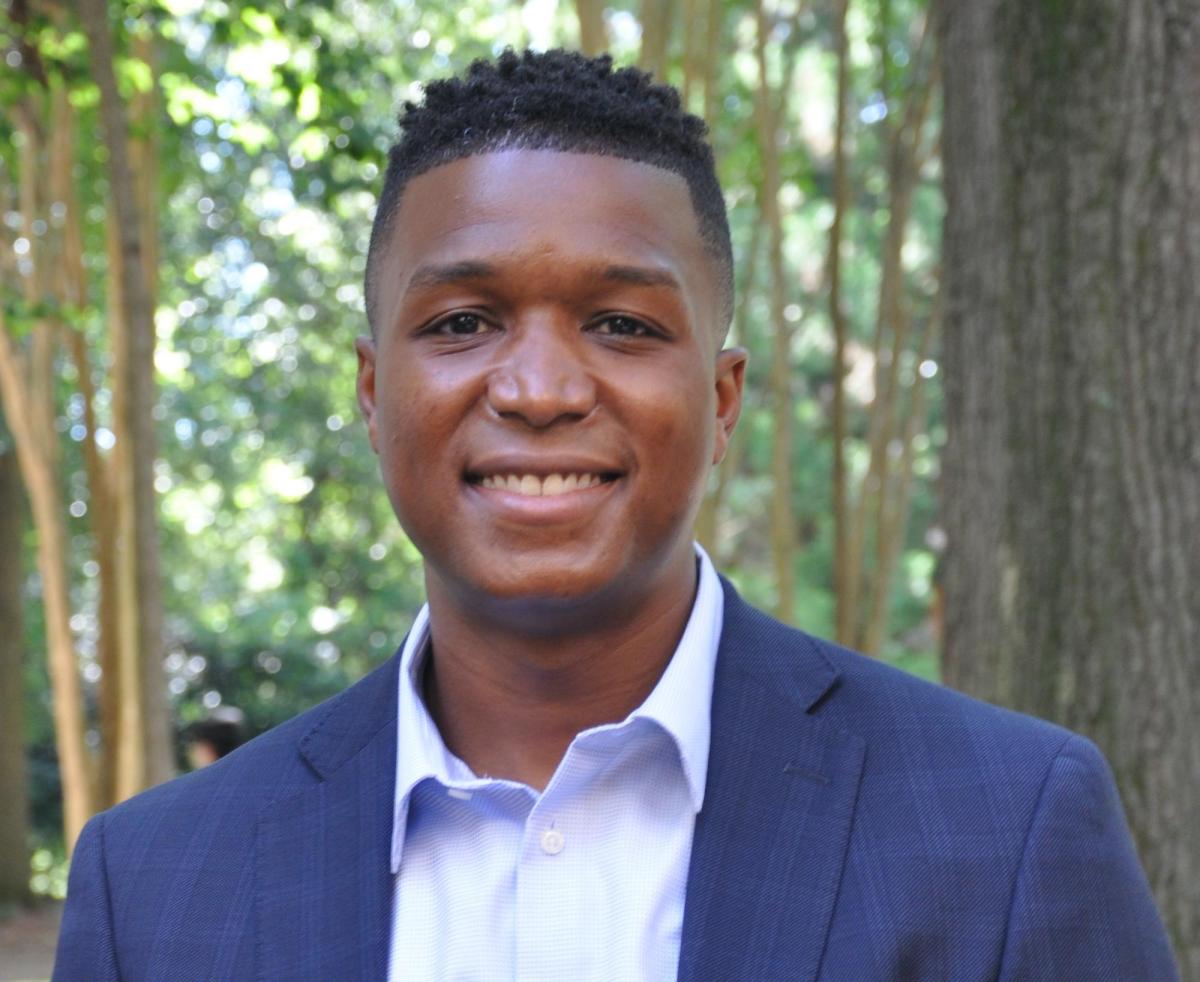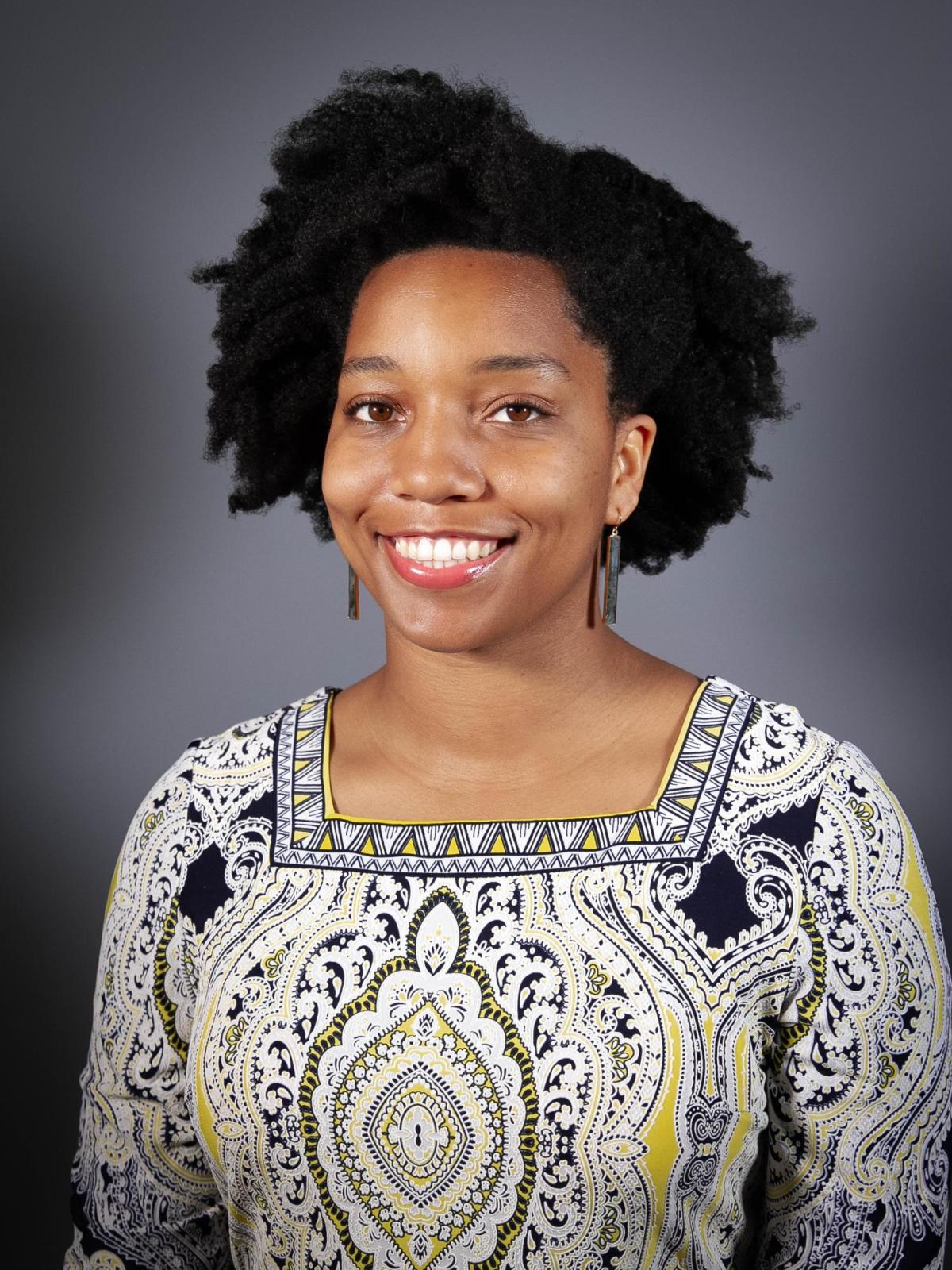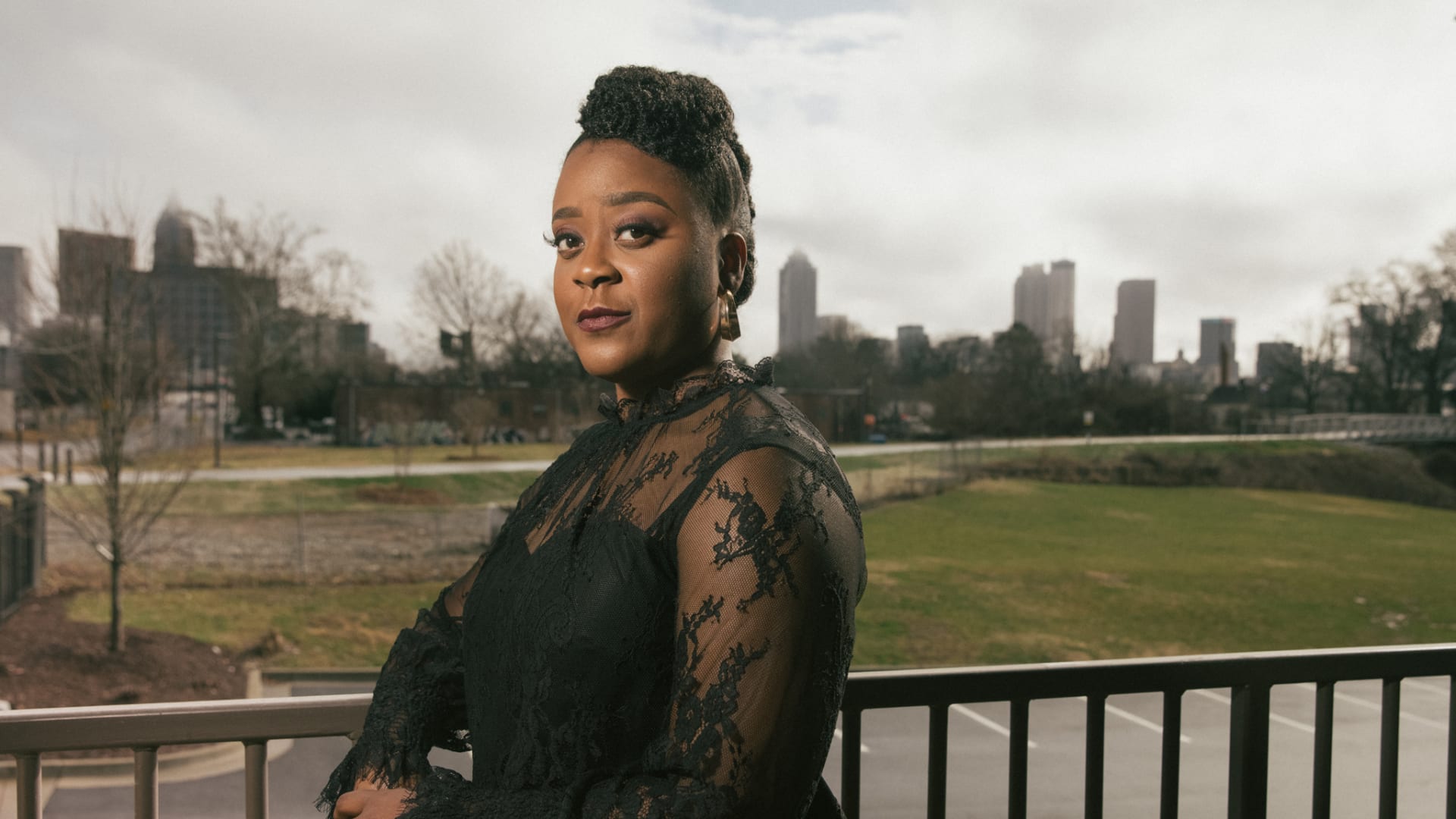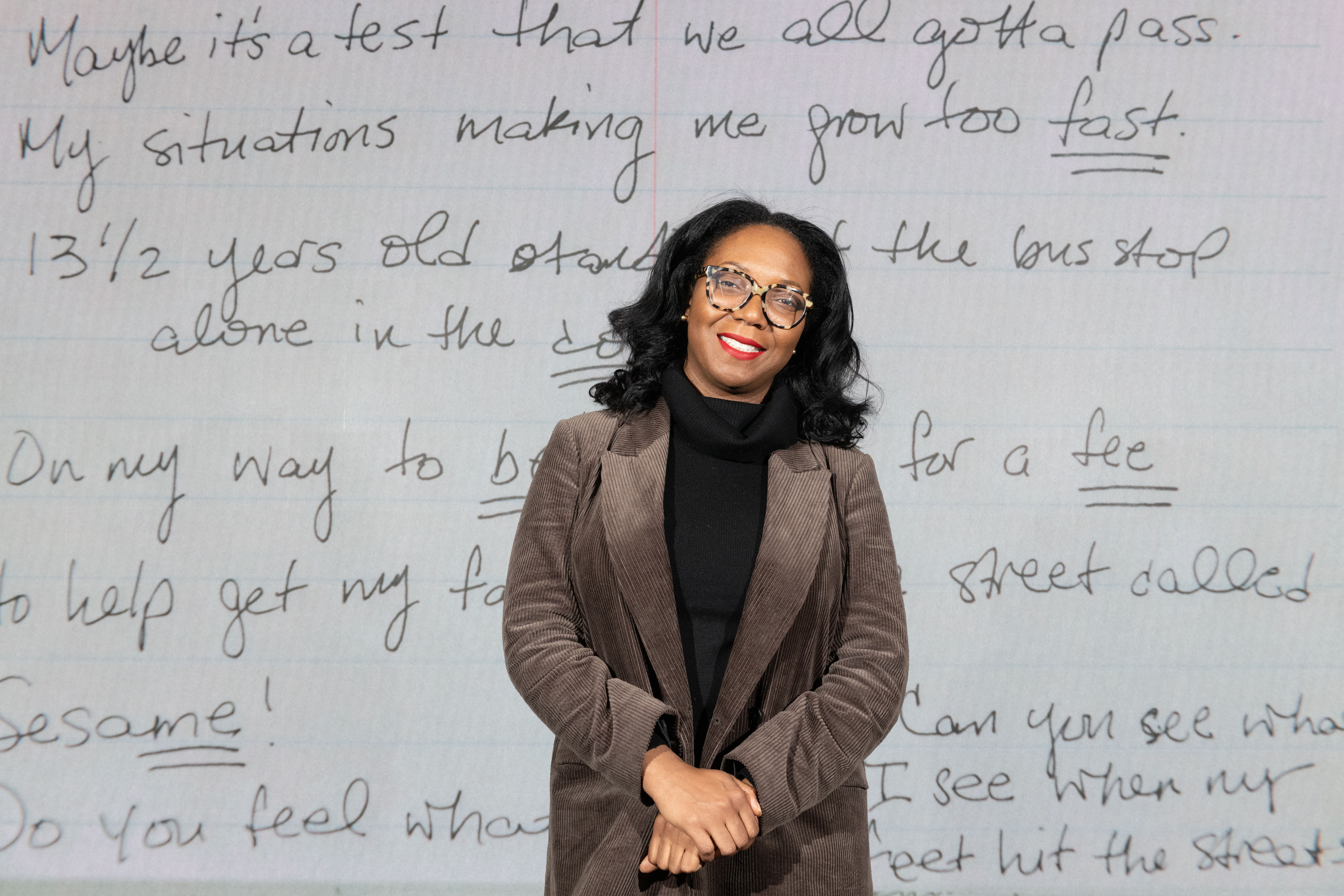Check out the Daily Digest‘s write up about CEE’s Joe Bozeman!
Researchers create process to integrate systemic equity to allow for more consistent and inclusive modeling.
As diversity, equity, and inclusion continue to be among the nation’s most important focus areas, a Georgia Tech researcher has created a framework to help his peers utilize more equitable data in their energy and environmental engineering studies.
One of Joe Bozeman’s core research areas is America’s food consumption habits and how they affect climate change, specifically greenhouse gas emissions. The assistant professor in Georgia Tech’s School of Civil and Environmental Engineering looks at food intake across a number of groups, including socioeconomic status, race, and age. Using that data, he’s able to create models that better inform communities and assist policy makers.
However, the most consistent, thorough data he uses to develop those models are from 2005-2010. Five-year datasets before and after that timeframe aren’t standardized, as all sociodemographic groups are not included. This makes it difficult for Bozeman to draw comparisons that are inclusive of everyone across spatial scales and time periods.

Joe Bozeman
“If we are not able to manage social and infrastructure dynamics within our country in an equitable way, not only will currently marginalized groups be negatively affected now, but so will marginalized groups of the future.”
-Joe Bozeman
It’s one reason why he and researchers at Carnegie Mellon University and the University of Colorado Denver have published a framework and 10-step process to help engineers, scientists, and community members standardize their data related to energy and environmental topics. Their goal is to integrate equity into these fields, a practice Bozeman and his colleagues call systemic equity. By doing so, they hope to create a system that all demographics of groups are included, including age groups, income levels, race, and ethnicity.
The framework and process are outlined in a new paper, published by the journal Environmental Engineering Science.
“This is to help stabilize our sociopolitical systems, as well as those within civil and environmental engineering,” said Bozeman, who also has a courtesy appointment in the School of Public Policy in Georgia Tech’s Ivan Allen College of Liberal Arts. “If we are not able to manage social and infrastructure dynamics within our country in an equitable way, not only will currently marginalized groups be negatively affected now, but so will marginalized groups of the future.”

Destenie Nock, Carnegie Mellon
Systemic equity, the researchers say, requires the simultaneous and effective administration of three areas: resources, policy, and addressing the cultural needs of systematically marginalized groups. Their framework also provides three categories that represent what happens when equity is only partially met:
- Ostensible equity: when resource and policy needs are met, but cultural needs are inadequate.
- Aspirational equity: when policy and cultural needs are met, but resources are inadequate.
- Exploitational equity: when resource and cultural needs are met, but policies are not.
“We wanted to provide common language and a shared understanding for when equity is ineffectively administered,” said Destenie Nock, an assistant professor of engineering and public policy and civil and environmental engineering at Carnegie Mellon. “Using consistent terms will allow researchers in our field to communicate with groups that include academia, practitioners, and community leaders.”
The group’s 10-step process for standardizing sociodemographic data practices is intended to address development, collection, and reporting norms. The team hopes the list will also facilitate systemic equity within energy and environmental life cycle assessment and decision-making.
The steps include identifying and confirming equity-focused energy and environmental professionals and collaborative transdisciplinary professionals, in addition to creating a preliminary, systemic equity checklist and criteria for sociodemographic data practices. A number of the steps are already in progress.

Erin Nobler, Univ. of Colorado Denver
What Comes Next
Now that the paper is published, the group wants to share the systemic equity framework and begin developing the checklist at conferences and within workgroups to spread the word and further define the processes.
While the energy and environmental fields lack such a process, it does exist elsewhere within research activities. The Preferred Reporting Items for Systematic Reviews and Meta-Analyses (PRISMA) has existed for more than a decade with the intent on improving how highly influential reviews of medical and health research are reported. PRISMA has grown from 27 checklist items in 2009 to 42 in 2020 and is endorsed by several top journals in the medical field.
This research team has similar goals.
“To be effective at each step requires committed and persistent stakeholders from various disciplines and geographic regions,” said co-author Erin Nobler, a Ph.D. student at the Univ. of Colorado Denver. “It also requires the kind of support that satisfies each equity concept and an alignment with the multistakeholder partnership provisions in the United Nation’s Sustainable Development Goals.”
Another Step in the Process
For Bozeman, the paper is part of his career journey, which began after seeing the beating of Rodney King at a young age. After watching footage of the unarmed Black man being beaten by Los Angeles police officers, Bozeman’s early questions were less about why it was happening and more about which systems were in place that would allow such an incident to occur. Bozeman’s passion led him to engineering, grad school, and a focus on climate change. Then came another question: why is there very little research about energy burden and equity around energy and environmental access?
“We have so many tools — big data, machine learning, and life cycle assessment — that are not being used to help our society become more equitable, despite George Floyd, diversity statements, and calls for equity in grant proposals,” Bozeman said. “If we’re actually going to try and do this, let’s have a framework for equity in engineering.
“This isn’t just about helping certain groups, such as Black, brown, Latinx, or poor white communities,” Bozeman said. “America’s demographics are changing wildly, so who is minoritized and systemically marginalized today might not be the same in the future. This framework can help everyone, if we refine it over time.”
CITATION: Bozeman, et. al. “A Path Toward Systemic Equity in Life Cycle Assessment and Decision-Making: Standardizing Sociodemographic Data Practices.” Environmental Engineering Science, 6 April 2022. https://doi.org/10.1089/ees.2021.0375






 Focusing on African American expressive traditions, hip hop culture, and social justice STEM education,
Focusing on African American expressive traditions, hip hop culture, and social justice STEM education,